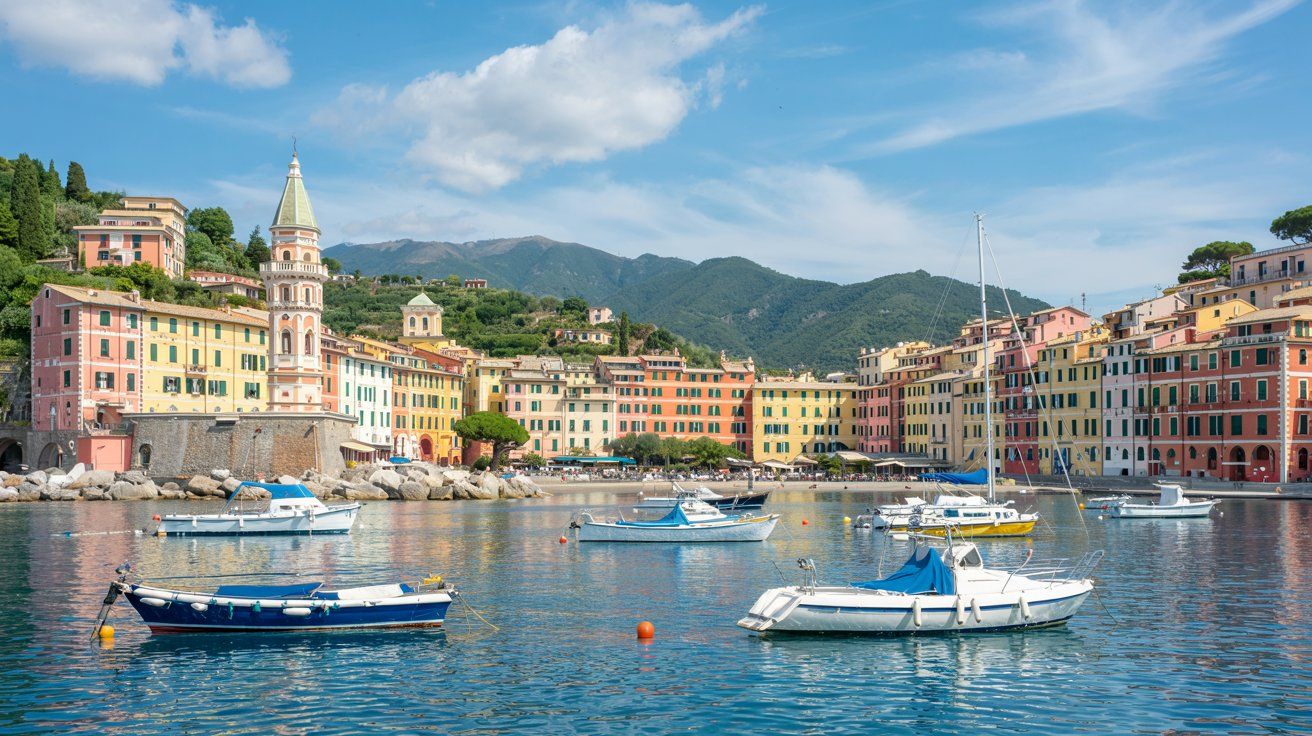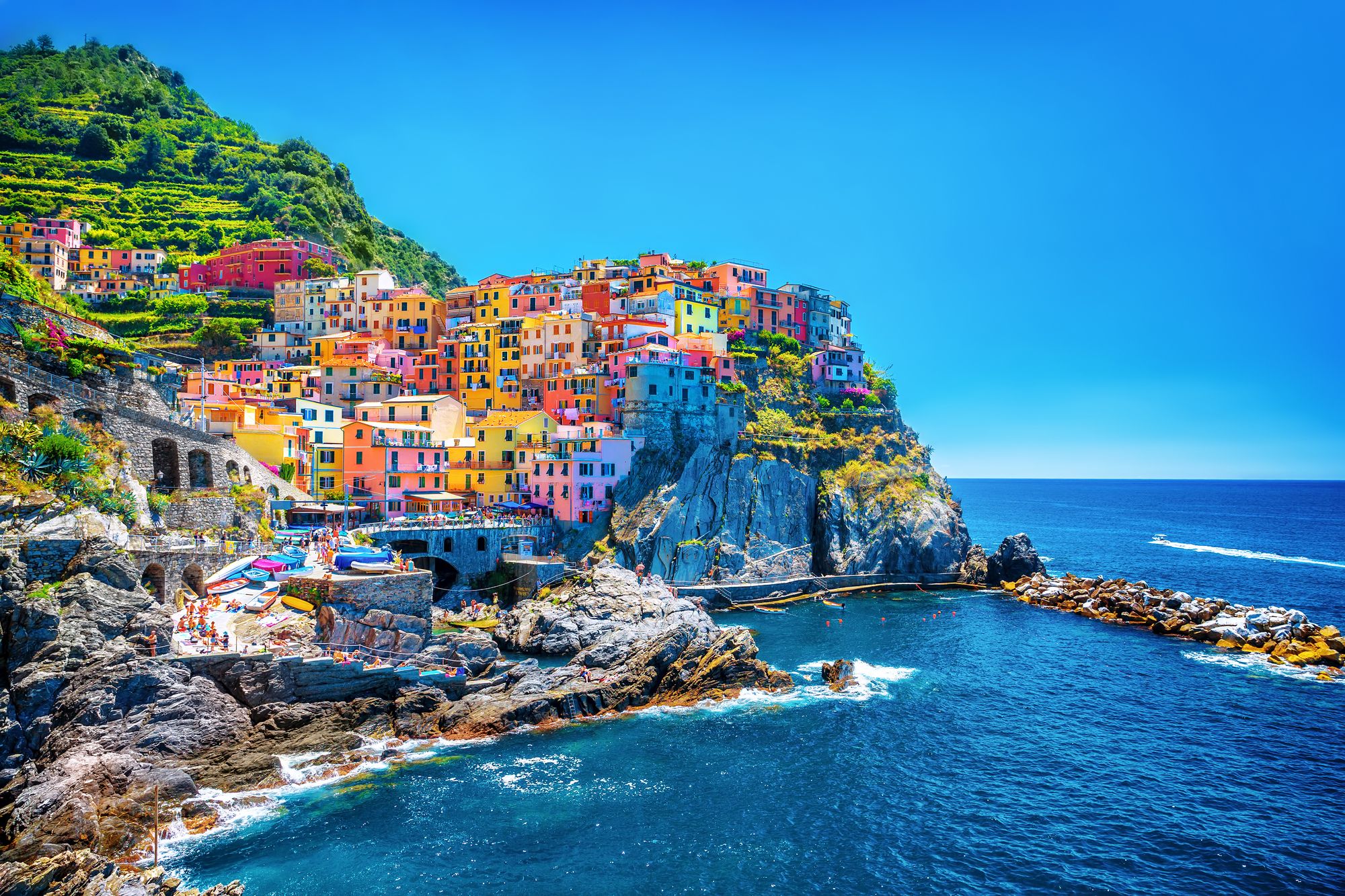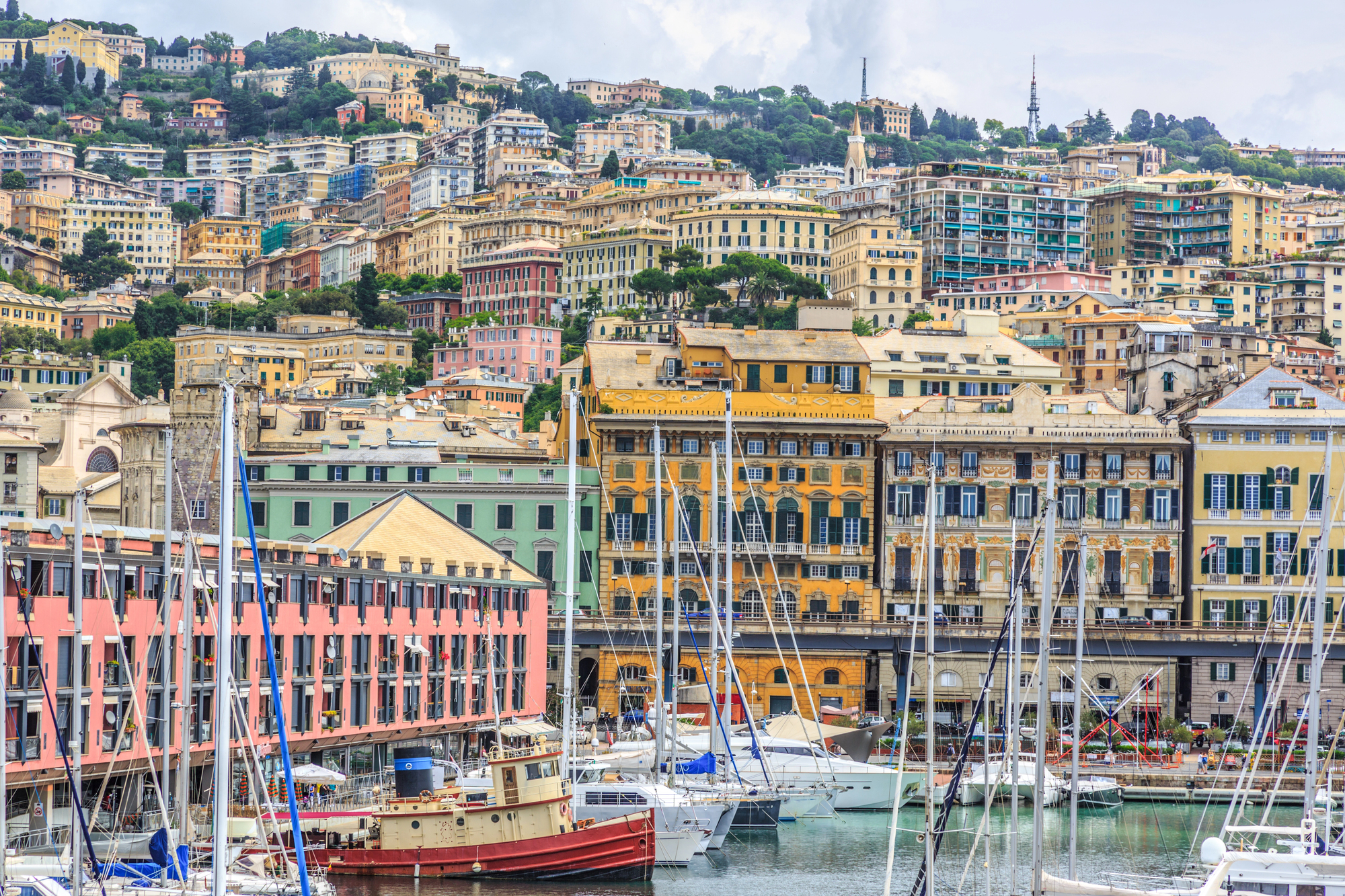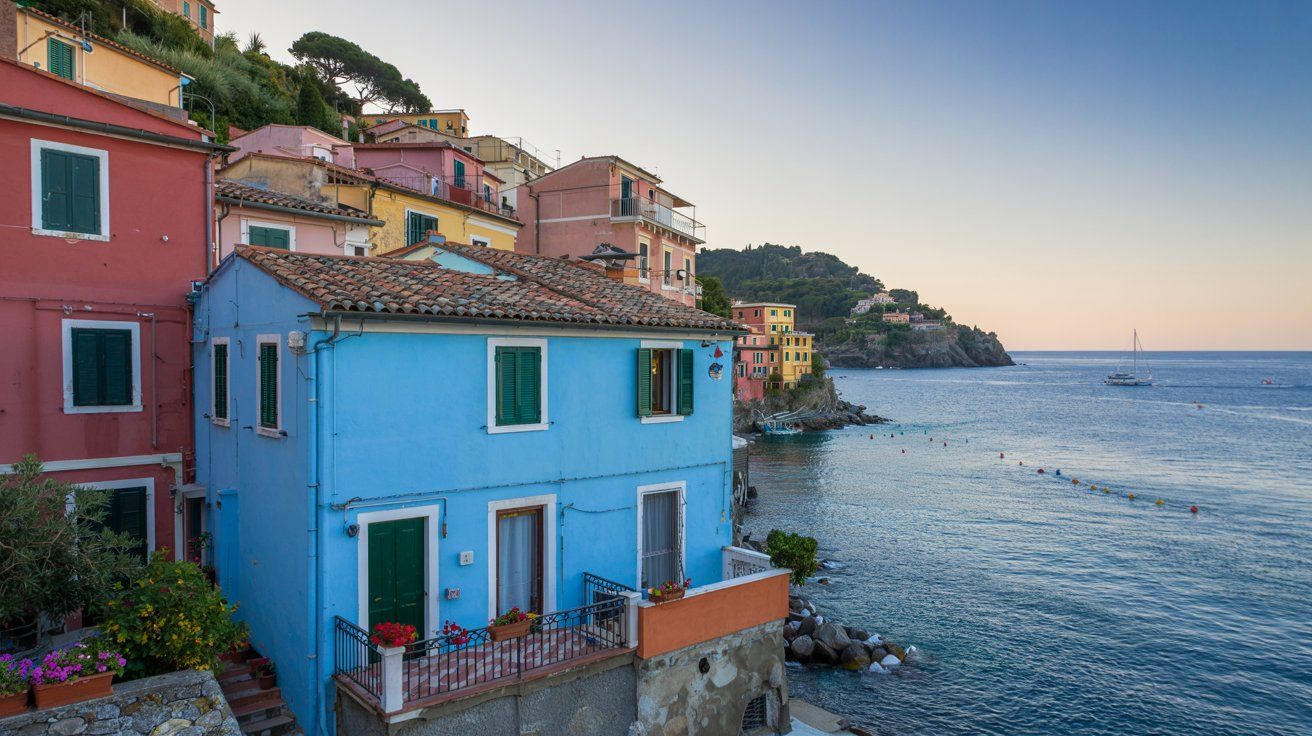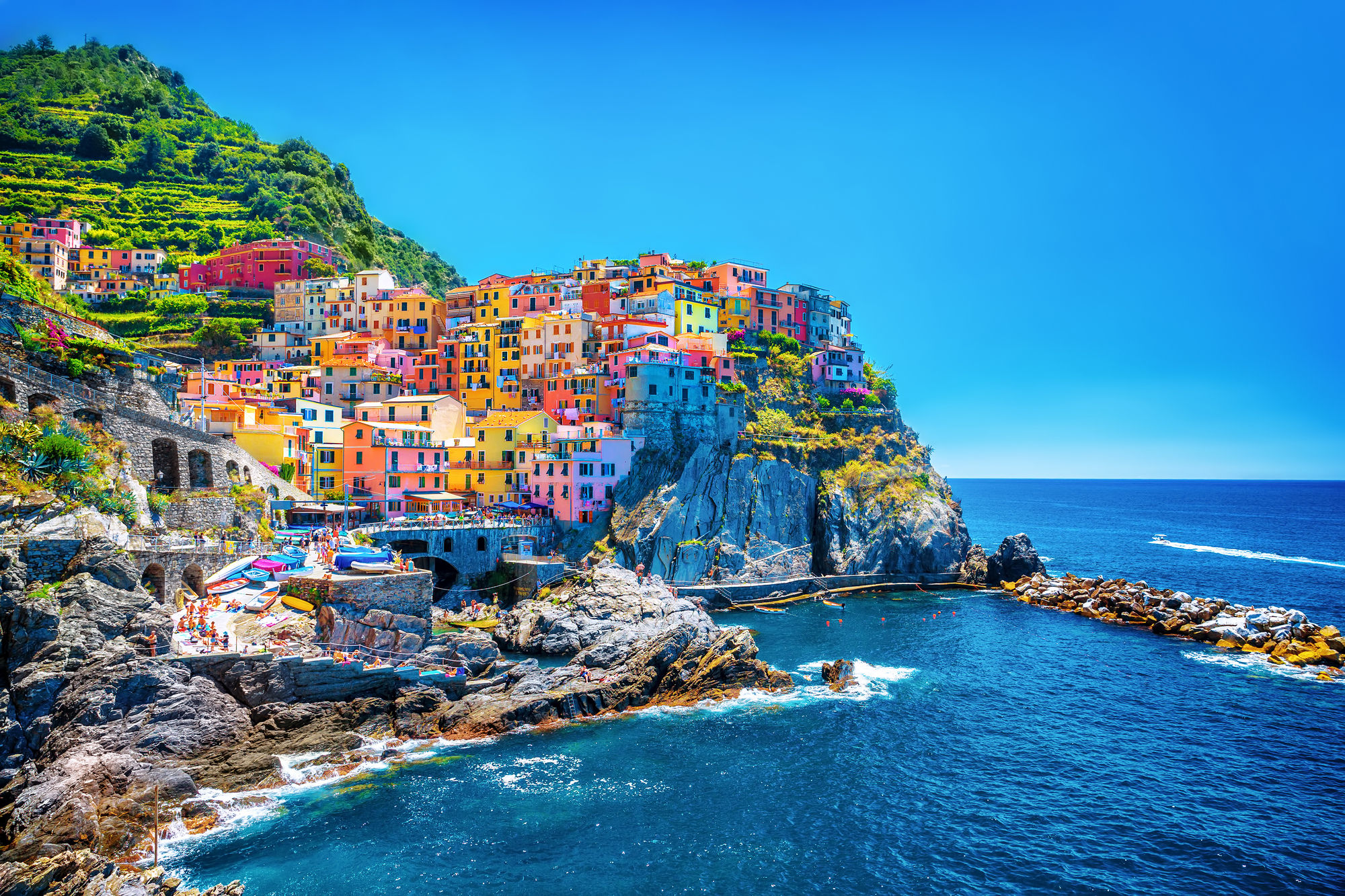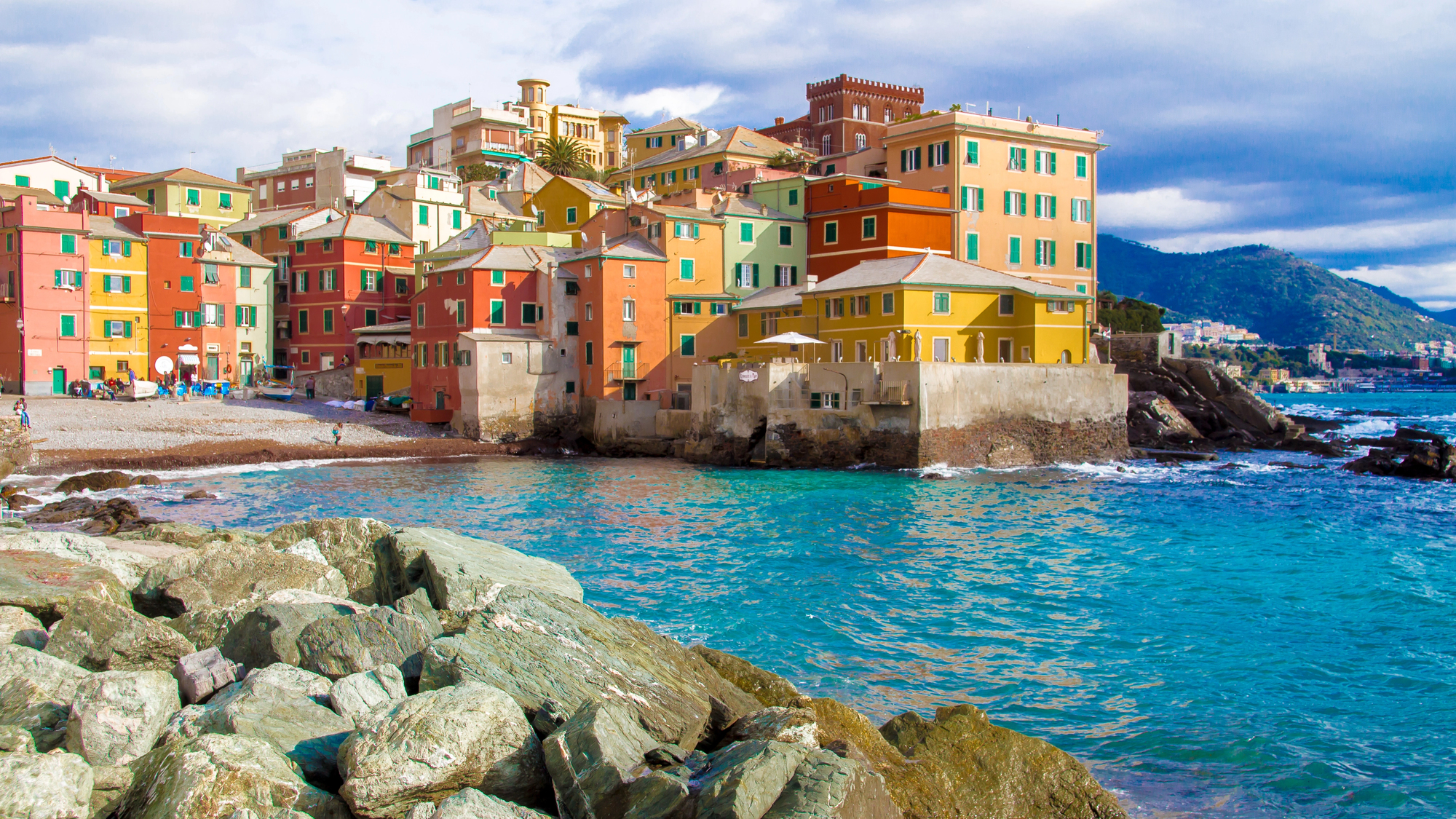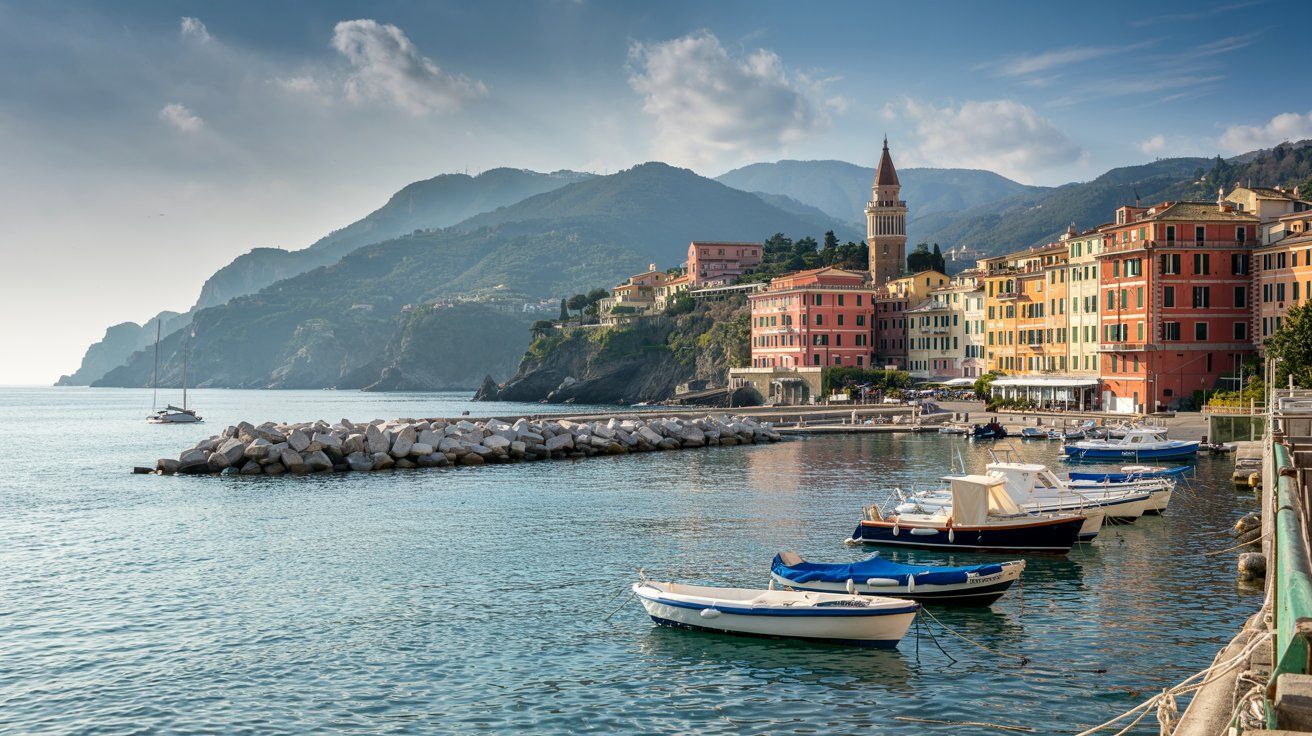The captivating charm of Italian hill towns has enchanted travelers for generations. Italian villages were often built on hills for protection from invaders and to regulate temperature during hot summers. The strategic elevation offered breathtaking views and a defensive advantage.
As you explore the Italian Riviera, you’ll discover that these hilltop towns are more than just historical relics. The stunning landscapes of places like Apricale and Bussana Vecchia invite you to wander their narrow, winding streets, each step immersing you in centuries of history.
Get a discount of 15% to 70% on accommodation in the Italian Riviera! Look for deals here:
Italian Riviera Hotels, Apartments, B&Bs
The romance of watching the sunset from these elevated towns is one of the experiences you can’t miss. If you want to feel like you’re stepping into a postcard, the Italian Riviera’s hill towns are waiting for you.
Historical and Strategic Significance
Italian towns often sit on hills due to age-old need for defense and strategic advantages. The high ground offered protection and ensured surveillance over surrounding areas. These features were essential in both ancient and medieval times.
Early Settlements and Defense
Early Italian settlements chose hilltops to secure their communities. Height provided natural defenses against invaders and natural disasters. The elevated position made it easier to detect threats from a distance. This strategic choice helped early settlers preserve their resources and maintain control over trade routes.
For example, in regions like Liguria, the steep hills were perfect for keeping invaders at bay. Riviera towns like Ventimiglia and Dolceacqua show these historical roots, where the layout still reflects early considerations of safety and defense. These towns used steep terrains and defensive walls to build a fortress-like environment, crucial for survival in turbulent times.
Medieval Fortifications and Feudalism
During the medieval period, defense mechanisms advanced, but the use of hills remained crucial. Feudal lords built castles and fortresses on hills to exert power and control over vast territories. The steep inclines and walls were barriers against sieges and invasions.
As you explore towns like Triora or Finalborgo, you’ll notice remnants of medieval architecture that tell stories of feudalism’s grip on the region. These architectural elements showcase how important fortifications were in maintaining order. They reflect a time when every castle needed a strategic position that hills could provide, securing both political and economic strength.
Geographical Advantages
Many Italian towns built on hills offer unique geographical advantages. These elevated locations provide natural benefits that have influenced settlement and architecture for generations.
Natural Protection and Surveillance
You will find that Italian hill towns often enjoy natural protection due to their elevated positions. Hills offer a vantage point, making it easier to spot approaching enemies in times past. This strategic advantage helped towns defend against invasions without needing complex fortifications.
Being high up also means these towns are less prone to flooding. Water naturally flows away from elevated areas, keeping homes and streets dry. This keeps towns safe from damage during heavy rains.
Agriculture and Terrain
The hilly terrain in Italy is beneficial for agriculture. It allows farmers to create terraced fields, making the most of steep slopes. These terraces help manage water flow and reduce soil erosion, ensuring crops like olives and grapes thrive.
When you explore these hill towns, notice how the landscape is shaped by agriculture. Small, sloping vineyards and olive groves are common, offering scenic views and high-quality produce. The terrain contributes to both the beauty and productivity of these regions.
Get a discount of 15% to 70% on accommodation in the Italian Riviera! Look for deals here:
Italian Riviera Hotels, Apartments, B&Bs

